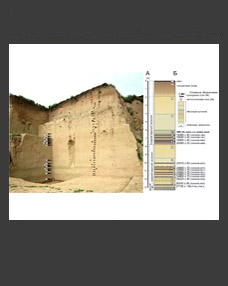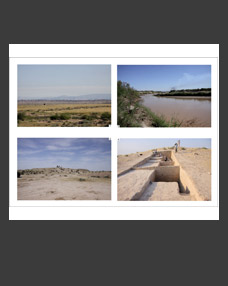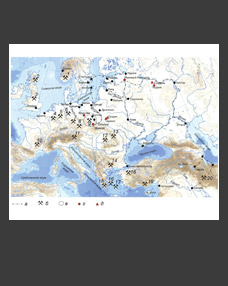Makarov N. A., Fedorina A. N., Shpolyanskij S. V.
Key words: medieval settlements, village settlements of Vladimir-on-Kljaz’ma, dynamics of colonization processes.
This work considers the results of the studies cycle in the south part of Vladimir-Suzdal Opolje on the territories not far from the border of Suzdal and Vladimir principalities of the 14th c., which were to the south of this border. As the result of 2006–2013 field studies, the data about 103 archaeological monuments and locations in the south part of Opolje on the total territory of approximately 105 square meters was gathered. New materials show that the exploration of the south part of Vladimir-Yurjev Opolje by the Old Russian colonists started not later than in the second half of the 10th c. and was dynamically developing in the 11th – the beginning of the 12th c. By the time of Vladimir became the independent volost of Andrej Yurjevich the dense net of village settlements had been there. The net was the part of the common mass of the medieval settlements formed on the territory of the whole Opolje. The organization of the settlement in “Vladimir” part of Opolje was basically close to the structures studied in the surrounding of Suzdal. The organization is the dense net formed by large settlements covering riverside parts and water partings and is of frame-net character.
The feature of the settlement development in the south part of Opolje is that in the second half of the 13th–14th cc. the stable existence of about half of the large settlements here was interrupted. They were completely deserted, moved to new places or decreased significantly. Apparently the decline was connected to the Mongol overthrow and the war events of the second half of the 13th c. Obviously the war cataclysms and political instability impacted not only on the condition of the capital city but also on the existed agricultural system having broken the stability and steadiness of the village settlements including those which were already formed in the second half of the 10th–11th cc.







